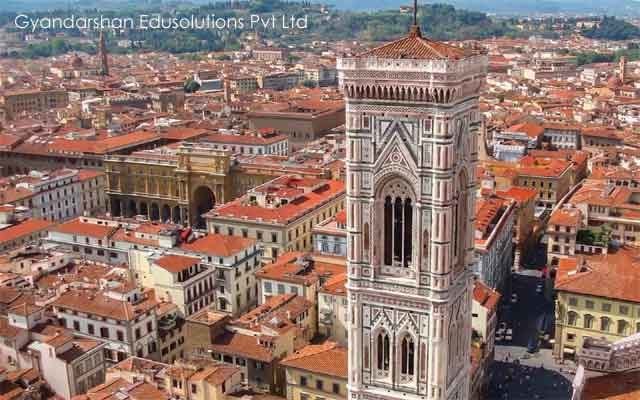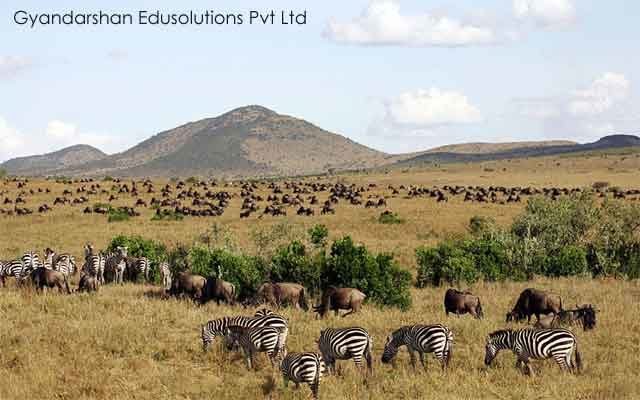Florence: The Timeless Beauty of Italy’s Tuscany Region
Florence: The Timeless Beauty of Italy’s Tuscany Region Introduction Florence, the capital of Italy’s Tuscany region, is a city of art, history, and culture. Known as the birthplace of the Renaissance, it boasts magnificent architecture, world-famous museums, and vibrant streets filled with charming cafes and boutiques. With its rich historical heritage, Florence attracts millions of tourists every year who come to...
The Ultimate Guide to Exploring Walt Disney World Resort: A Magical Vacation Destination
The Ultimate Guide to Exploring Walt Disney World Resort: A Magical Vacation Destination Introduction The Walt Disney World Resort is a world-renowned entertainment complex in Bay Lake and Lake Buena Vista, Florida. Spanning over 25,000 acres, it is the most visited vacation resort globally, attracting millions of tourists each year. Opened on October 1, 1971, by the Walt Disney Company, the...
Chichén Itzá: A Timeless Journey into the Mayan Civilization
Chichén Itzá: A Timeless Journey into the Mayan Civilization Introduction Chichén Itzá, located on Mexico’s Yucatán Peninsula, is one of the most famous and well-preserved Mayan ruins in the world. Recognized as a UNESCO World Heritage Site and one of the New Seven Wonders of the World, this archaeological marvel attracts millions of visitors annually. With its awe-inspiring structures, deep-rooted history,...
Maasai Mara National Reserve: A Wildlife Paradise in Kenya
Maasai Mara National Reserve: A Wildlife Paradise in Kenya Introduction Maasai Mara National Reserve, located in southwestern Kenya along the Tanzanian border, is one of the most famous wildlife reserves in Africa. It is renowned for its breathtaking landscapes, abundant wildlife, and the annual Great Migration, where millions of wildebeest, zebras, and gazelles move across the savannah in search of greener...
Marbella: The Crown Jewel of Costa del Sol
Marbella: The Crown Jewel of Costa del Sol Introduction Marbella, a picturesque city on Spain’s Costa del Sol, is a sought-after tourist destination known for its sun-kissed beaches, luxurious lifestyle, and rich cultural heritage. Nestled in the Andalusia region, Marbella perfectly blends modern opulence with historic charm. Whether you're drawn by its historical landmarks, golden sandy beaches, or vibrant nightlife, this...
Victoria Falls: The Majestic Wonder of Southern Africa
Victoria Falls: The Majestic Wonder of Southern Africa Introduction Victoria Falls, locally known as Mosi-oa-Tunya, meaning “The Smoke That Thunders,” is one of the largest and most breathtaking waterfalls in the world. Straddling the border between Zimbabwe and Zambia, this UNESCO World Heritage Site attracts thousands of tourists every year. The falls plunge down from a height of 108 meters (354...
Zermatt, Switzerland: A Paradise for Alpine Enthusiasts
Zermatt, Switzerland: A Paradise for Alpine Enthusiasts Introduction Zermatt, located in southern Switzerland’s Valais canton, is a world-renowned mountain resort famous for its stunning landscapes, skiing opportunities, and iconic Matterhorn peak. Nestled at an altitude of 1,620 meters, this car-free village offers an unspoiled alpine charm with breathtaking views, making it a top destination for adventure lovers, nature enthusiasts, and those...
Madrid: The Vibrant Heart of Spain – A Complete Travel Guide
Madrid: The Vibrant Heart of Spain – A Complete Travel Guide Introduction Madrid, the capital of Spain, is a dynamic city that seamlessly blends history, art, and modernity. Known for its stunning architecture, world-class museums, and lively atmosphere, Madrid is a must-visit destination for travelers seeking culture, gastronomy, and entertainment. This guide explores the top tourist attractions in Madrid, along with...
The Algarve: Portugal’s Southernmost Gem and Ultimate Travel Destination
The Algarve: Portugal’s Southernmost Gem and Ultimate Travel Destination Introduction The Algarve, Portugal’s southernmost region, is a sun-kissed paradise known for its golden beaches, rugged cliffs, charming towns, and rich cultural heritage. Boasting over 300 days of sunshine a year, the Algarve is a year-round destination offering something for every traveler—from history buffs and nature lovers to adventure seekers and food...
Exploring New York State: A Diverse Blend of Iconic Landmarks and Natural Wonders
Exploring New York State: A Diverse Blend of Iconic Landmarks and Natural Wonders Introduction New York State is a remarkable travel destination offering a mix of urban excitement, natural beauty, and historic significance. While most travelers think of New York City when they hear “New York,” the state also boasts breathtaking landscapes, charming small towns, and attractions like Niagara Falls, the...













